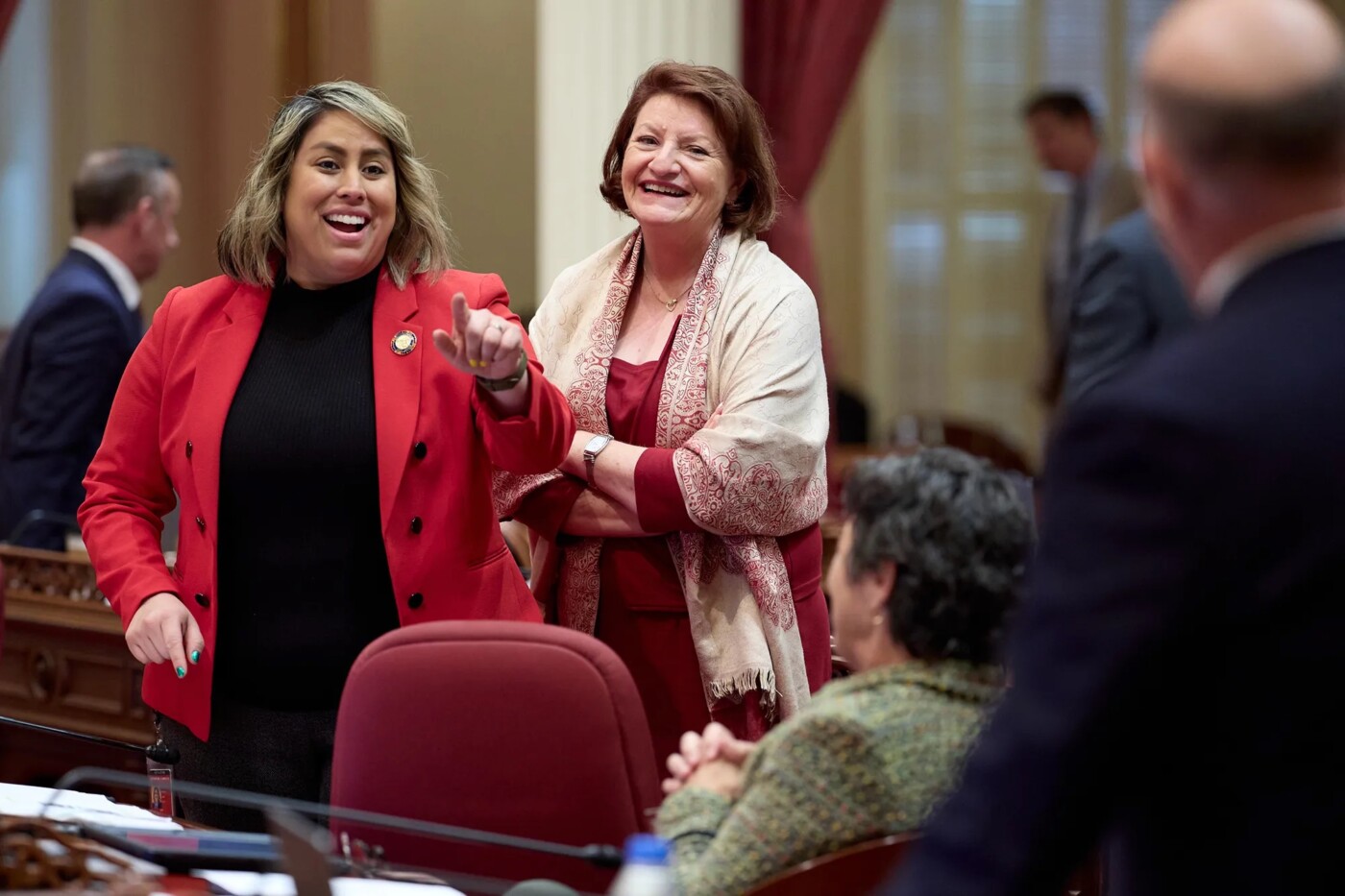With Adam Schiff and Steve Garvey advancing to the general election later this year, it’ll be the first time in 32 years that California won’t have a woman representing the state in the U.S. Senate. (That seat is currently held by Laphonza Butler, who was appointed after the death last September of Dianne Feinstein.)
But in the Legislature, at least, representation of women is likely to grow.
The number of women in the state Senate and Assembly is already a record 50 of 120 after the 2022 election. And based on the primary results so far, it’s expected to increase to at least 55 women after the November election, according to Close the Gap California, an advocacy group that seeks to elect women to office.
That would bring representation in the Legislature closer to matching California’s overall population: Women now make up 50% of the state, but only 42% of the Legislature.
At 55 lawmakers, that proportion would increase to 46%.
“Women legislative candidates are proving that the historic rise we saw in 2022 was not just a one-cycle wave,” Susannah Delano, executive director of Close the Gap, said in a statement. “That’s fantastic news for California’s pipeline.”
If elected, some firsts would include Jessica Caloza, running for a Los Angeles-area Assembly seat, who could become the first Filipina-American in the Legislature. Tara Sreekrishnan, running for a San Jose-area Assembly seat, could become the first Hindu woman elected to the Assembly. And Lisa Middleton, running in the Coachella Valley, could become the first transgender member of the Legislature.
And according to Close the Gap, of 19 districts that are either guaranteed or likely to elect women, 13 feature at least one woman of color advancing to the general election.
On LQBTQ+ representation, Equality California, an advocacy group, expects California will, at the minimum, maintain its numbers. In 2022, California became the first state to achieve parity — with 10% LGBTQ+ legislators, the same as estimates of the state’s population.
“All incumbent LGBTQ+ legislators advanced out of their primaries and will likely be joined in November by out LGBTQ+ candidates running for open seats like Christopher Cabaldon, Sasha Renee Perez, Sabrina Cervantes, Lisa Middleton, Mark Gonzalez, Sade Elhawary, Jose Solache and Christy Holstege,” Jorge Reyes Salinas, spokesperson for Equality California, said via email.
“We hope that come November, many of these candidates will emerge victorious and that our LGBTQ+ caucus will continue to grow its size and diversity.
